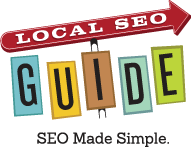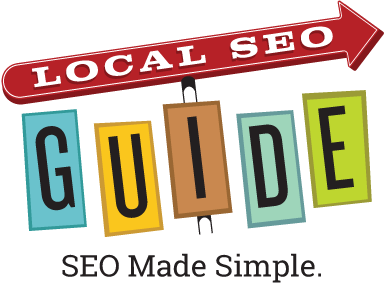Many SEO practitioners bolt on extra navigation links to improve internal linking to important pages but I just noticed something on this blog that suggests that links inside of content (i.e. in the center part of the page) probably have more power, something which has been noted on other popular SEO blogs. For those of you not up to speed on this you might find this interesting.
First thing to note – the page rank number displayed in the Google Toolbar (aka TBPR) is more than likely not a page’s actual page rank score. That said there must be a reason that the TBPR is what it is for any given page so I like to think that it’s at least an indication of a page’s strength relative to other pages. Then again maybe everyone really is checking out Ashley Alexandra Dupre‘s MySpace page to hear her latest track “What We Want” (over 1,000,000 plays and counting).
Anyhow if you look at the TBPR of any of the category pages in the left nav of this blog you will notice that the only ones that have any TBPR are those that have more than one or two tag links from the blog posts that appear in the center of the page. This suggests to me that the tag links are passing significant amounts of page rank while the category navigation links are not.
This post brought to you by the Emperor’s Club V.I.P.


8 Response Comments
Hi Andrew,
Can you define what you mean by ‘tag links’? Once I get hip to your jive, I’m sure a light bulb will go on for me about what you’re indicating here.
Thanks!
Miriam
Interesting observation, some food for thought here. I didn’t really think that by having links in the centre column or page will have more affect.
I suppose you are in a way using the method of citation, which we all know has more affect or link juice to the destination page.
Tag links is what you see in the left column but if you read a blog article you will notice that the article may belong to one or more tags.
Osman.
Miriam,
By “tag” links I mean the links after each post that categorize the post (e.g. “Local Data”, “Linkbuilding”, etc.).
Osman,
While you are probably correct in that the more tags an article has the better the page rank for the article is, I was suggesting something slightly different.
I was observing that the tag links on the left nav on their own don’t seem to be passing page rank according to the toolbar pr. They appear on every page so they are well-linked internally, but only those that have several links from tags attached to each post seem to have any toolbar pr which implies to me that a few of these “tag on the post” links have much more SEO power than persistent links off the left nav.
Hope that makes sense.
hello Andrew,
it is good idea to be implemented. basically it is quite logic when it come across your explanation.
i want to try it out.
Excellent observation Andrew.
I have recently been advising some very small biz clients who insist on reciprocating some amount of links to local “partners” to do so within a post, paragraph or page that is editorial in nature, just like Google likes, and avoiding the “links” list or page as we all know.
There seems to be more weight given to this approach.
Dont forget about wild PR sculpting. You could spend all of your time trying to sculpt the best PR by nofollowing certain links.
I wonder how much it really matters though. I could see if you had 10,000 pages, it might be worth it.
I don’t think you can conclude that tag links pass more PR then nav links based on the provided arguments.
But it is indeed correct that content links are much more valuable too Google then nav links. (Especially when the same nav links are used side wide) Content links provide more relevance and therefore pass more weight (not PR)
Lenen,
I hope this didn’t come across as a scientifically conclusive study. As I said, this evidence “suggests” that this is what is happening.
Sounds like you have more conclusive evidence and if so, please feel free to share.